War
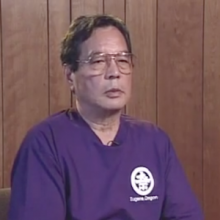
Japanese Immigrants, Internment Camps, and American Loyalty
This source collection focuses on the interviews and stories of first and second-generation Japanese Americans internment during World War II.
Source Collection: Pennsylvania Newspapers React to Refugees from Haitian Revolution
These newspaper articles report on the influx of the white and Black refugees fleeing Haiti during the Haitian Revolution of 1791 to 1804.
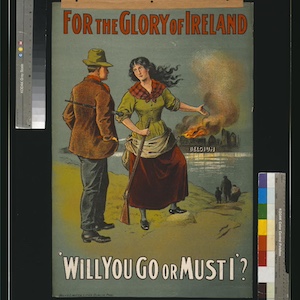
For the glory of Ireland

Apolitical Intellectuals/ Intelectuales Apolíticos
Otto Rene Castillo wrote the poem “Apolitical Intellectuals” in 1967 in response to the Guatemalan Civil War, which lasted from 1960-1996.
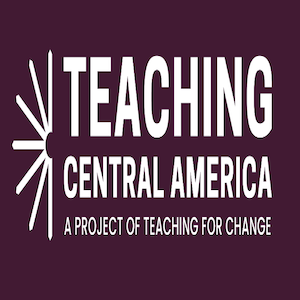
Teaching Central America
Teaching Central America provides educational materials for K-12 educators with the goal of centering Central American history and culture in primary and secondary classrooms.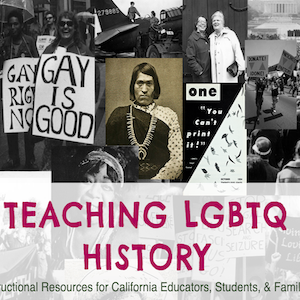
Teaching LGBTQ History
Teaching LGBTQ History is an organized and quality social-justice oriented educational resource that provides a wide diversity of adaptable lesson plans and connection to outside community-based and digital online resources.
Archives Portal Europe
This website presents records from dozens of countries, in over 20 languages, and from around 7000 diverse archival institutions total including the national archives of dozens of countries and other smaller institutions.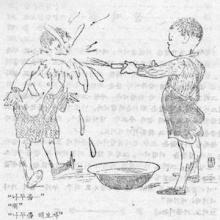
Source Collection: Korean Colonial-Era Children’s Literature
Children's literature can reveal a great deal about the time and place in which it was written. These stories from Korea published in 1946 provide insights into ideas about childhood, play, gender, family and even national identity the newly independent and not yet divided nation.

Courage
Published in 1946 for an audience of affluent, book-buying families in Seoul, Grapes and Beads realistically describes the daily lives of children in the poorer countryside with affection and respect.
